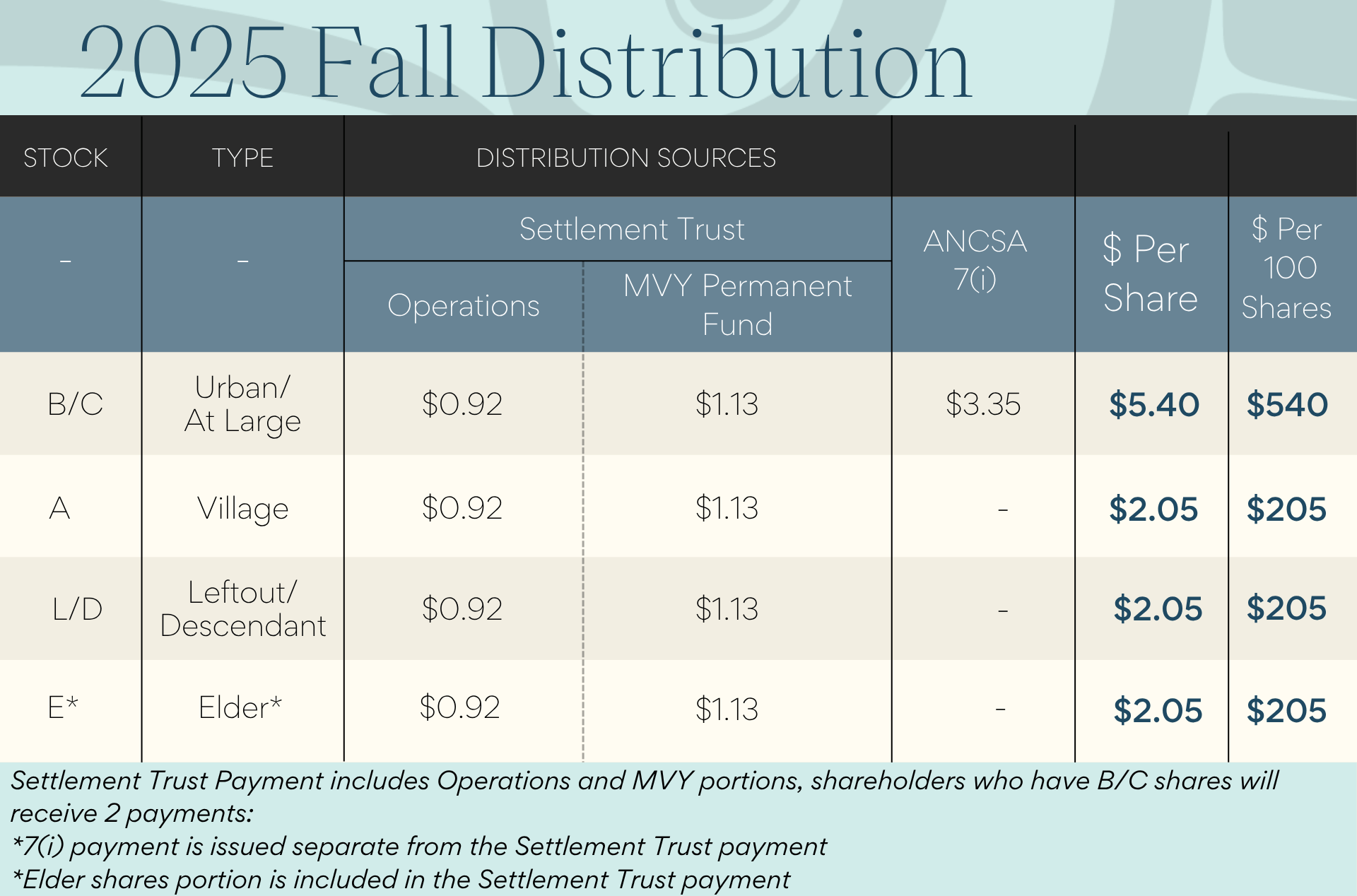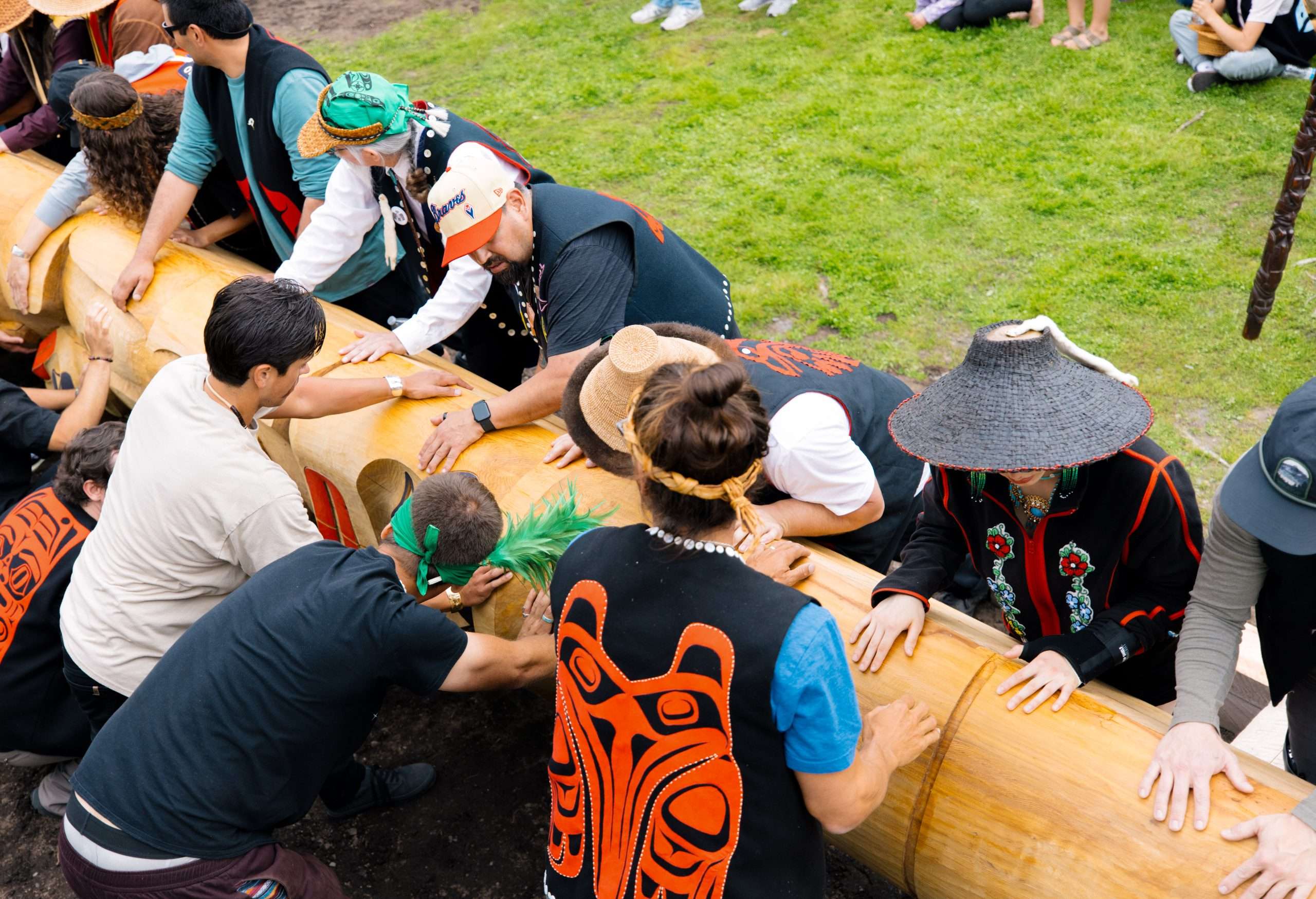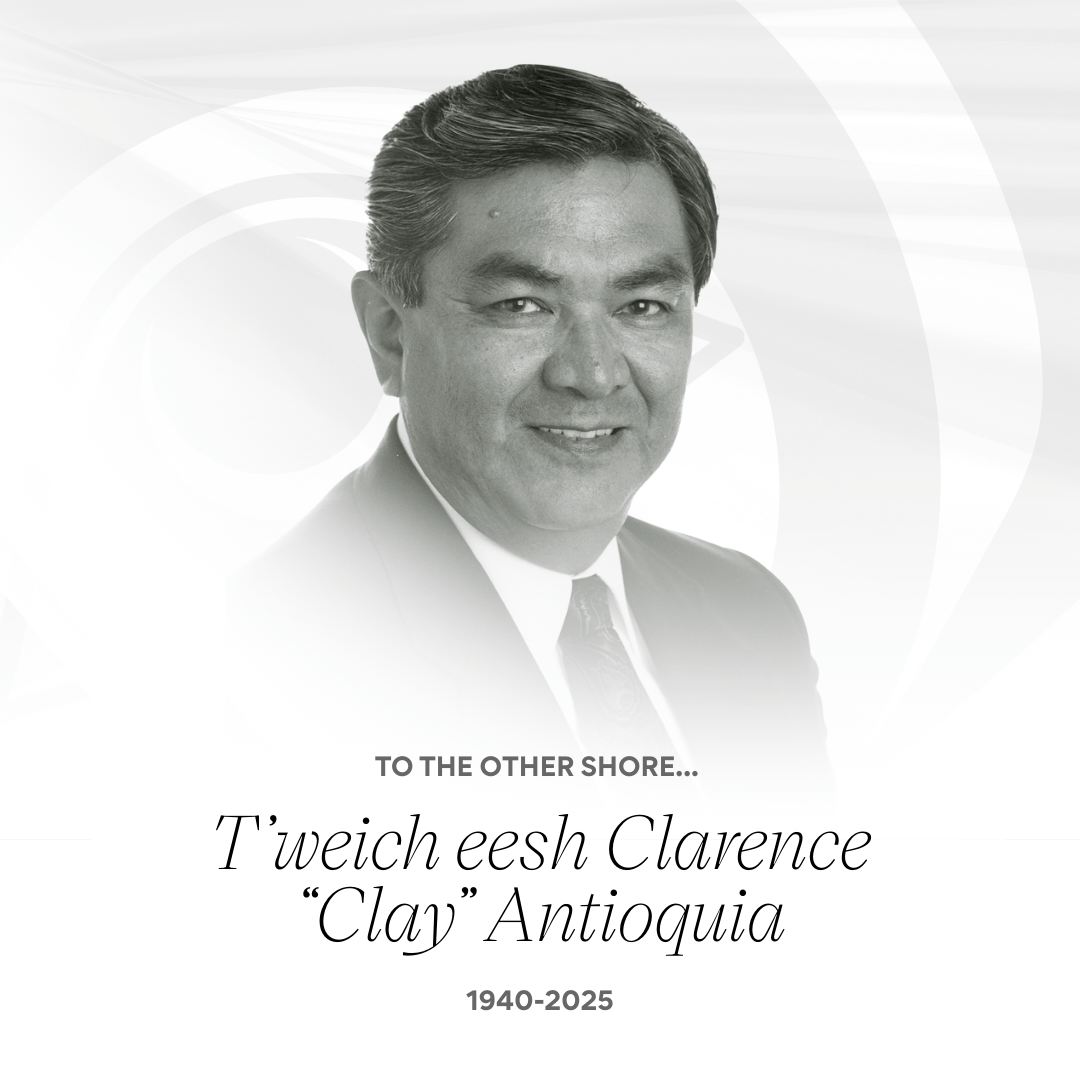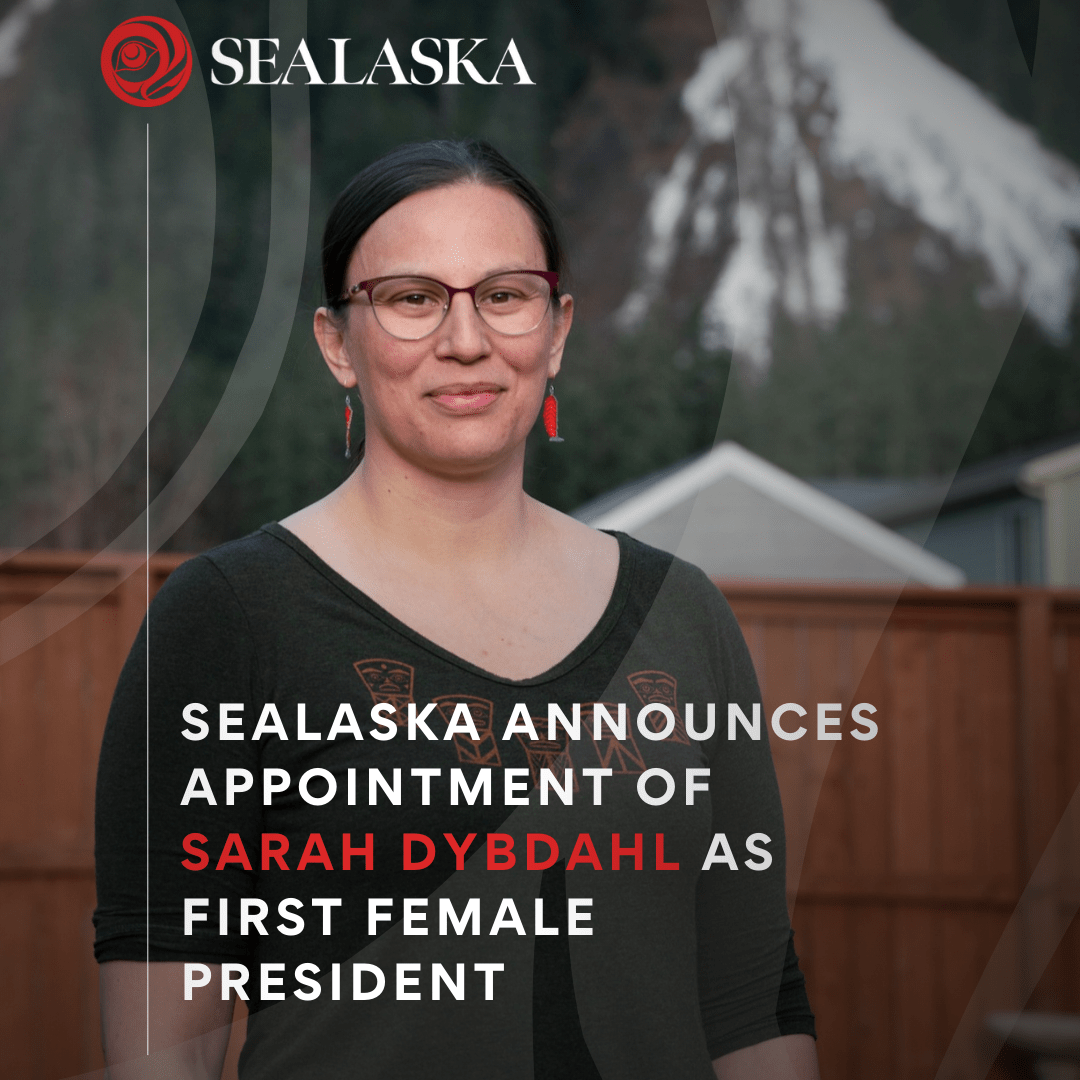Sealaska Board Answers Shareholder Comments
Tuesday, June 12, 2018

The Sealaska board recently completed a series of community meetings in nine communities around Southeast Alaska and Washington. We visited with nearly a thousand Sealaska shareholders, sharing updates about Sealaska, but also taking the time to listen and learn about what’s happening in those communities. Read more about the meetings here. This is a rundown of some of the questions and comments we heard.
Q: Why does Sealaska have discretionary voting as part of its election process?
A: Discretionary voting is a common practice used by Sealaska and six other ANCSA regional corporations and is provided by Alaska law. Historically, about 25% of voting Sealaska shareholders have used this option. Sealaska shareholders have three choices to complete a proxy:
- Discretionary
- Directed
- Quorum only
Sealaska shareholders exercise the discretionary option as a vote of confidence in the board‘s determination of leadership for the benefit of the corporation and shareholders. Sealaska shareholders have been asked six times to eliminate the use of discretionary voting in 1992, 1994, 1995, 1997, 2010 and 2014. Each time Sealaska shareholders have voted “no” on the shareholder resolutions.
Q: What is Sealaska’s Carbon Offset Project?
A: Sealaska’s carbon project fits within Sealaska’s refined land management strategies to return a financial profit while protecting our resources. The California Air Resource Board approved this innovative project to designate 165,000 acres as a carbon bank. This project allows Sealaska a more limited harvest while continuing to manage its lands to ensure the greatest financial, cultural and community benefits. Lands in the carbon bank will still be accessible to shareholders for subsistence and other natural harvest activities as well as open for harvesting trees for cultural projects. Sealaska is sharing its expertise and knowledge with Southeast village corporations.
Q: Did Sealaska meet its five-year goal in the strategic plan of being profitable before 7(i) and investments?
A: Yes, we did! In fact, Sealaska made $43.3 million. This was a tremendous achievement. The board and management teamed together to stay focused on the strategic plan, and it was a winning strategy.
Sealaska businesses contributed $19 million dollars to the overall profits of $43.3 million in 2017. These profits allow for increased dividends, an additional $10 million to the scholarship endowment fund and the establishment of the Deishú Memorial Bereavement Fund while continuing support for the Sealaska Heritage Institute and other community outreach programs.
Q: Why did Sealaska pay high bonuses to management this year?
A: What you are seeing on this year’s proxy statement is the successful completion of a difficult, five-year goal that led to higher compensation paid this year than previous years. In fact, Sealaska hasn’t paid any incentive compensation since 2013.
The team took us from heavy losses to profitability and a healthy bottom line within five years. This was achieved by working together and building healthy partnerships with capable and talented people that share Sealaska’s vision and values. People were the key to getting from where we were to where we are and will continue to be critical for our future success.
Q: Is the scholarship program still only funding college scholarships, or can people apply for a scholarship for vocational or trade skill training?
A: Sealaska recognizes the cost of education has been growing. We want our scholarship program to keep pace. To date, Sealaska has awarded approximately 11,000 scholarships totaling $16.4 million. Helping to fund shareholder education doesn’t stop with college. College is just one path people take toward a career. Vocational and trade schools, job training, certificates and endorsements are all options Sealaska is considering funding.
Q: What is Sealaska doing to strengthen the Southeast economy and businesses?
A: Sealaska supports shareholder businesses through Spruce Root, Inc. with a yearly financial contribution. Spruce Root provides entrepreneurs with access to business development and financial resources in the form of loan capital, business coaching, workshops and competitions.
Sealaska helped establish Spruce Root in 2012 with $500,000 in startup money. Today the fund has grown to $3.5 million, which is possible thanks to grant, benefactor and partner funds. This has enabled Spruce Root to establish many successful collaborative partnerships all over the region.
Q: What can Sealaska do to help with the preservation of herring?
A: In January 2018, the Alaska Board of Fish (BOF) reviewed management and regulations of the sac roe herring fishery. Sitka Tribe of Alaska (STA) sponsored proposed regulations that would have scaled back the fishery and recommended a 10% cap to the guideline harvest level. Sealaska added its voice to support STA and the Sitka Native community. The BOF voted down the recommendation.
Q: What is the status of the Landless communities receiving a fair settlement?
A: The five communities of Ketchikan, Wrangell, Petersburg, Haines and Tenakee Springs are described as “Landless” because they were not recognized or conveyed land under the Alaska Native Claims Settlement Act (ANCSA). The Alaska congressional delegation has introduced H.R. 229, S. 1481, and S. 1491 to amend ANSCA to include the five landless communities. Sealaska actively supports these bills.














